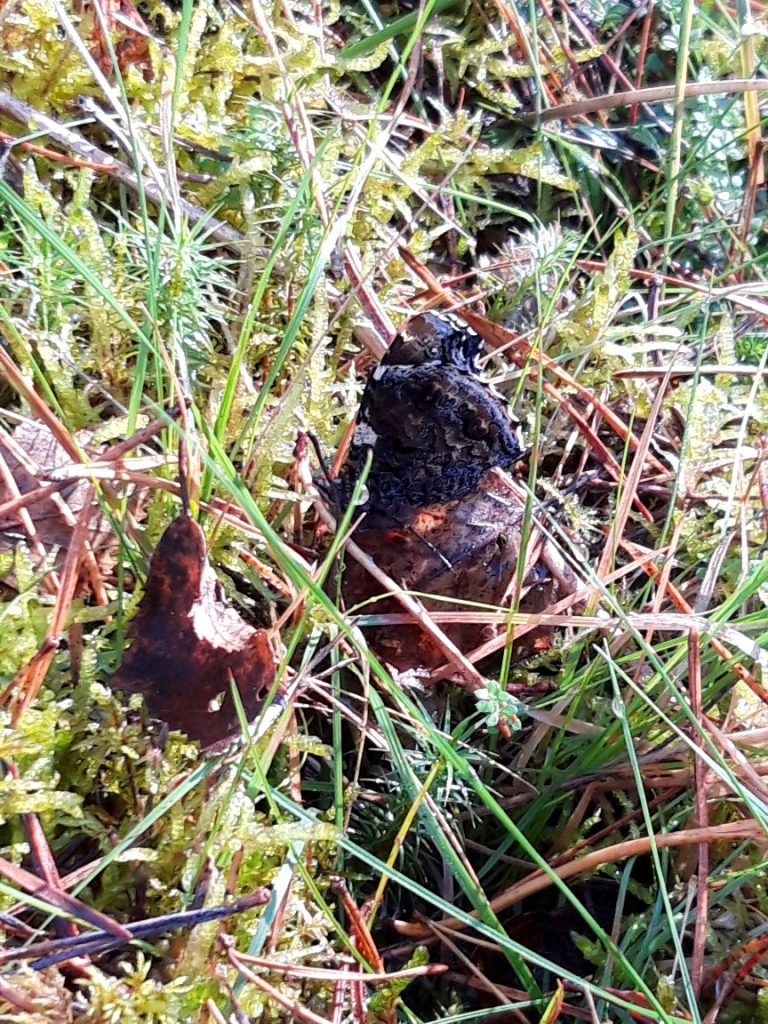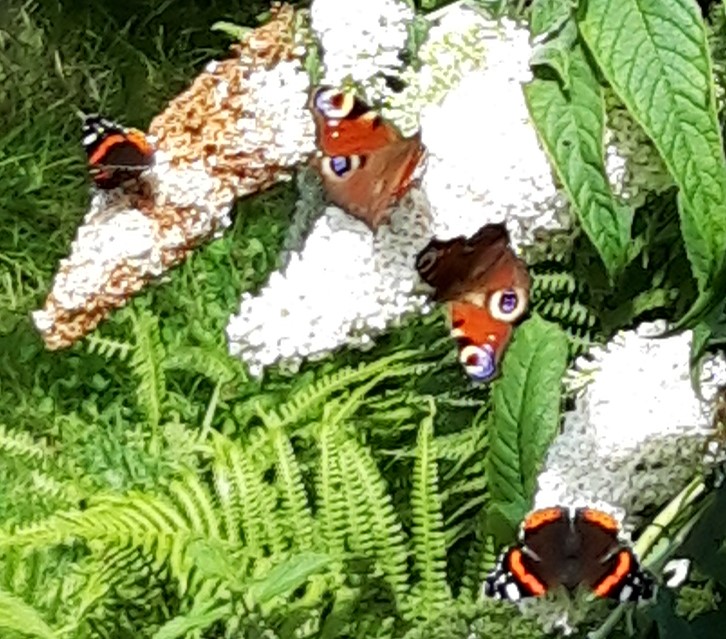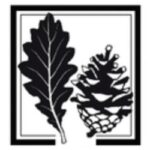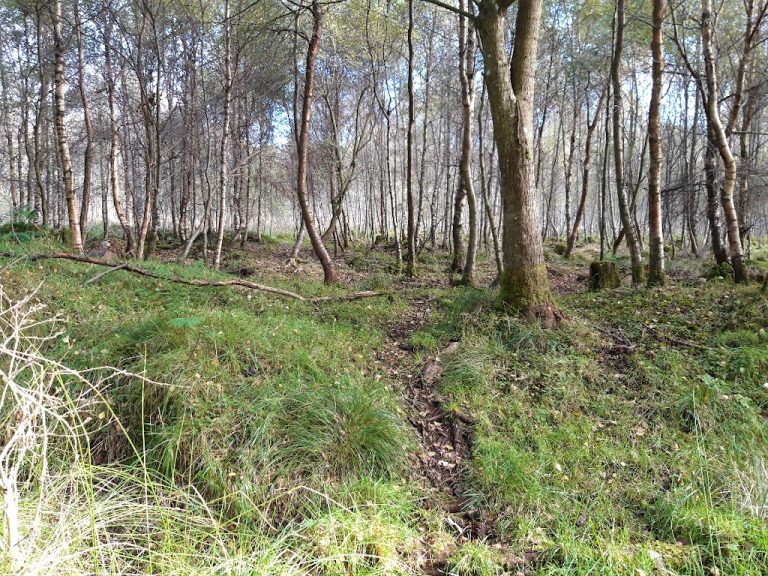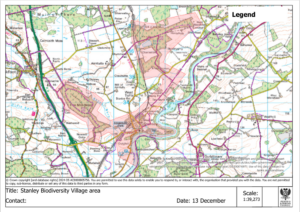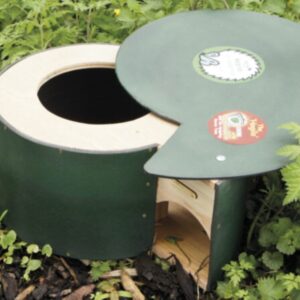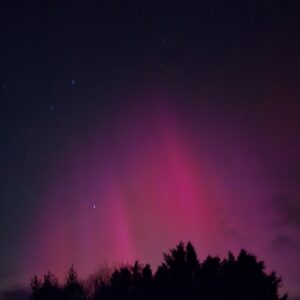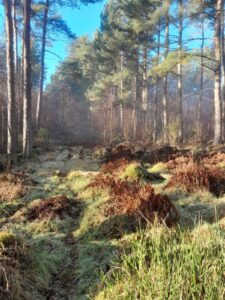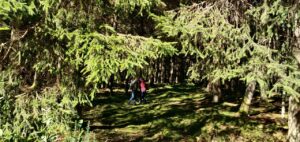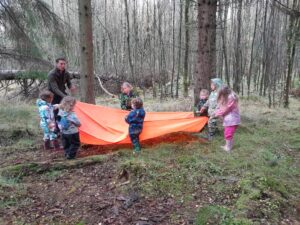What has WSWG been doing this month?
Update from Margaret on the “unknown unknown” fungus in Five Mile Wood! “I got onto the British Mycological Society facebook group eventually and quickly got an answer. It is Paurocotylis pila, the Scarlet Berry Truffle. It is rare in UK and from what I can gather from google, recorded sightings in Europe pretty confined to UK. 4 recorded in Scotland, only 2 verified. I am to record this one as verified by BMS. It is actually a New Zealand species! How it got to 5 mile wood who knows….
- As well as the smells of autumn, we’ve been hearing the sounds of autumn too. In Taymount Wood, rutting fallow bucks can be heard – a sort of deep, grunting belch! And we’ve seen some visual signs of the rut too – territorial scrapes in the ground and nearby small trees frayed by rubbing and sometimes even uprooted.
- Ongoing meetings of the WSWG Shadow Board and its three Working Groups, mostly on-line but sometimes now in person (hurrah!), usefully progressing the Forest Management Plan, Business Plan and computation of the range of community benefit the WSWG project will deliver.
- Participation in an on-line Climate Café as part of Dunkeld and Birnam Unplugged Week, showcasing local projects people can get involved in.
- Attendance at an update meeting of the Perthshire Nature Connections Partnership within which we very much hope to develop useful links for both WSWG and West Stormont Connect going forward.
- Participation in an on-line Workshop on community engagement as part of the Community Woodlands Association Annual Conference. Four CWA member groups were invited to reflect on their experience in a range of contexts. WSWG’s topic was Events and Guided Walks; other contributors covered consultation on plans, involving children and young people, and using social media to reach out to the community. For our presentation, it was particularly enjoyable remembering the range of lovely community events we had in 2019 in our “Feeling Good in the Woods” programme. Here’s to more of that in the future.
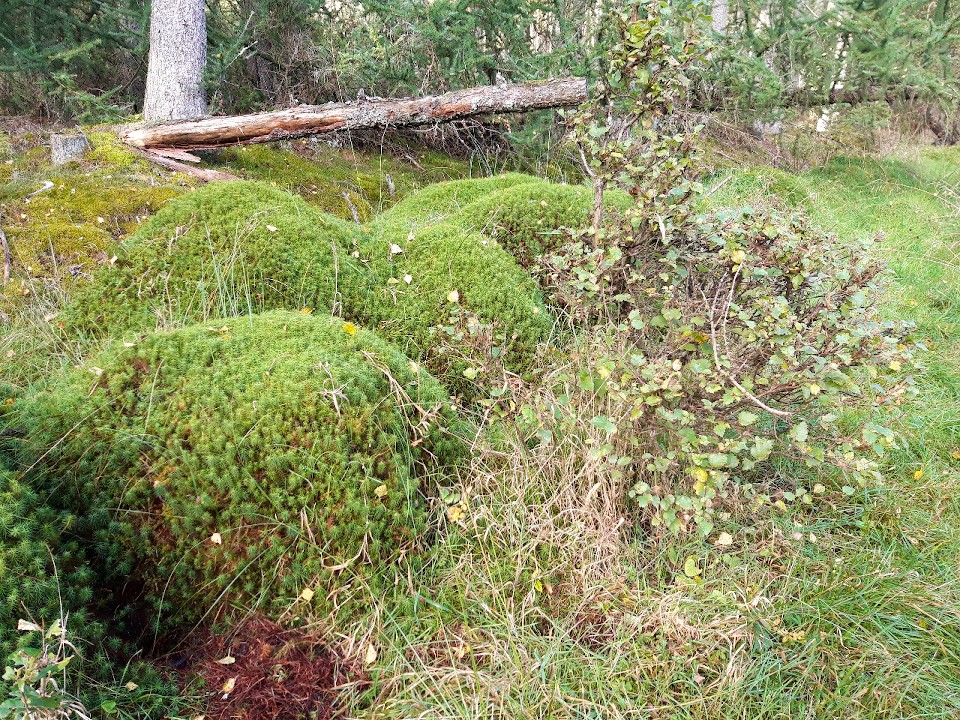
Word of the Month
Deer rutting season: That is the time of year when deer mate. In the case of fallow deer, the rut runs from late September to early November. This allows females to gestate over winter and give birth in the spring. Both fallow and roe fawns are born in late May and June but as roe deer have a longer gestation period, their rutting season is in July and August. Particularly at the start of the rutting season, fallow bucks spend a lot of time and energy making and maintaining conspicuous ground scrapes. Most scrapes are about 1m wide and appear to be scattered randomly within the herd’s territory, but some show clear linear distribution alongside deer paths and field boundaries. Larger scrapes are usually associated with rutting stands – group display areas in populations with a high density of bucks.
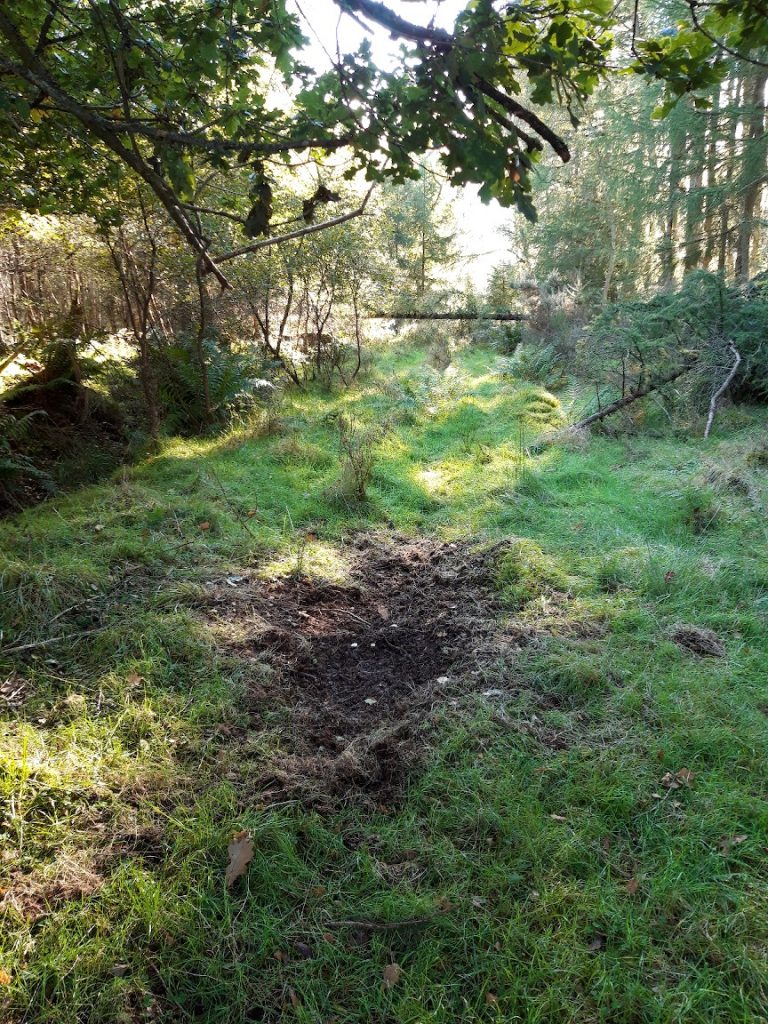
What’s coming up next?
- Progress Meeting with Forestry and Land Scotland and the Scottish Land Fund on 28 October.
- Planning for WSWG winter events programme.
- Ongoing work by the Shadow Board members to pull together the WSWG Business Plan and CATS Application.
